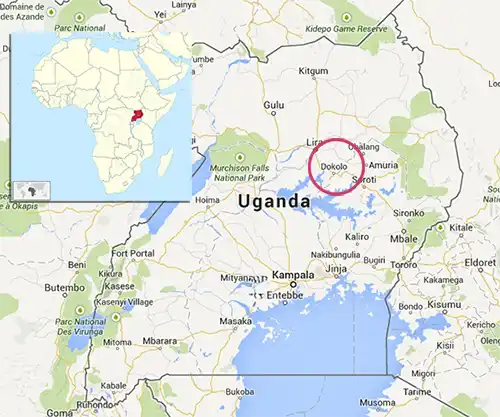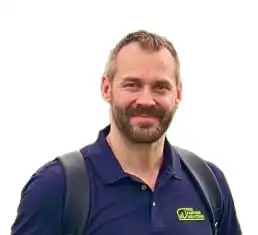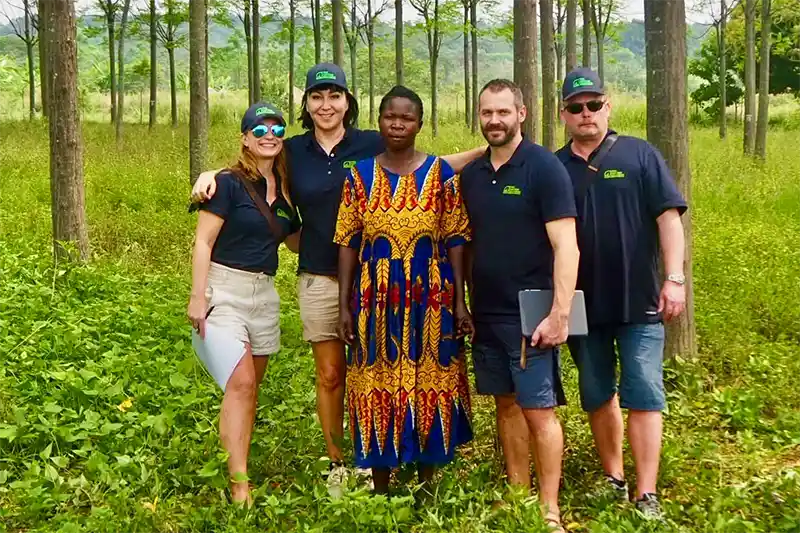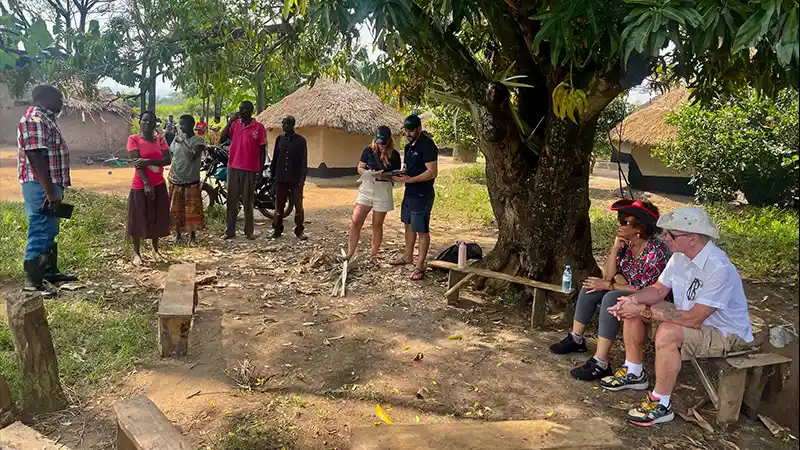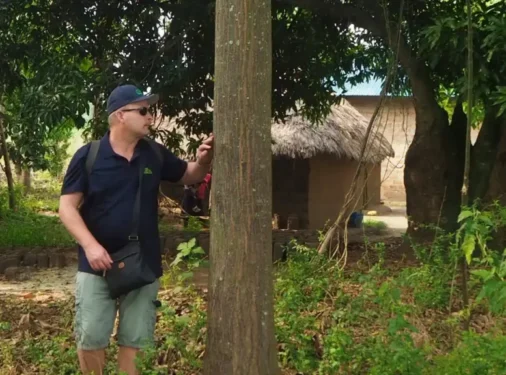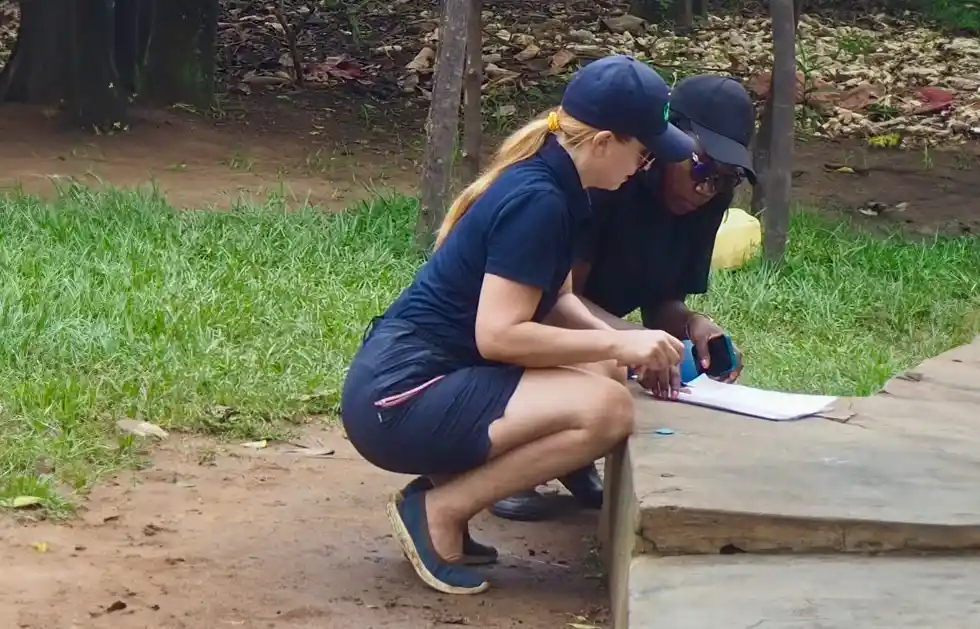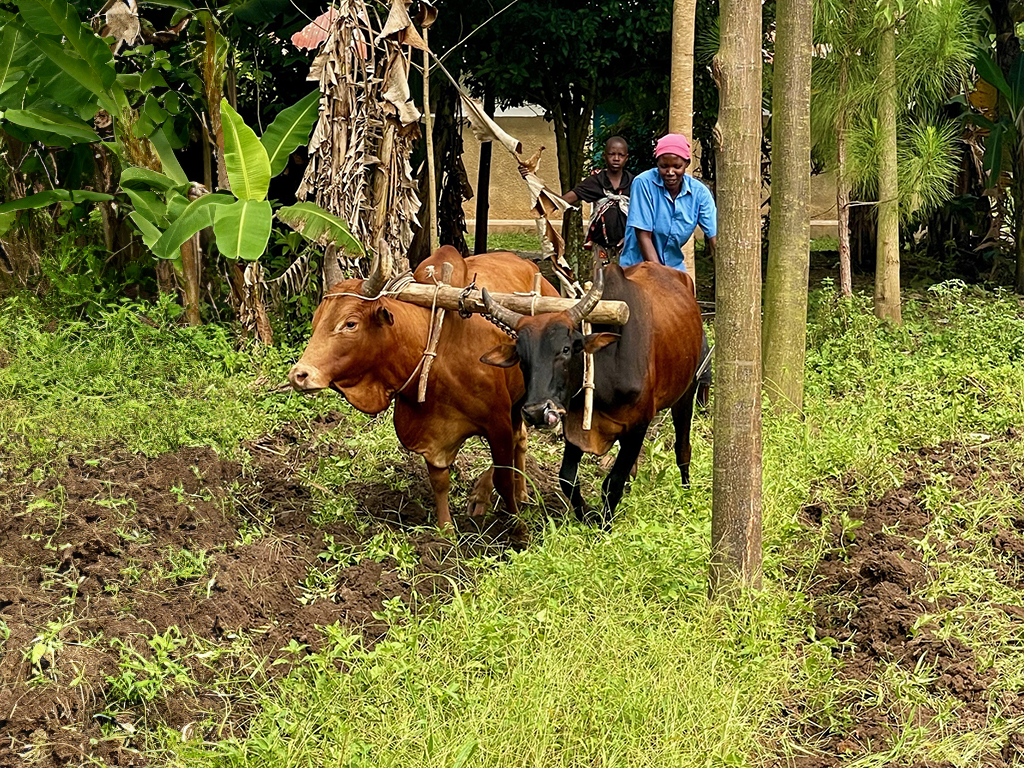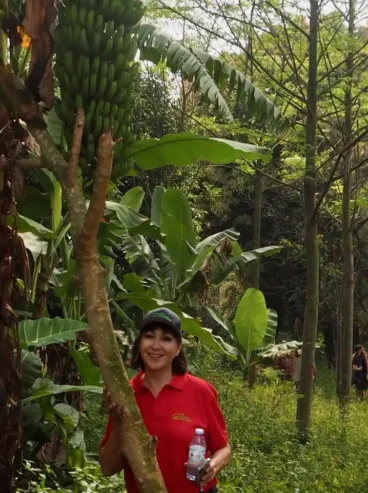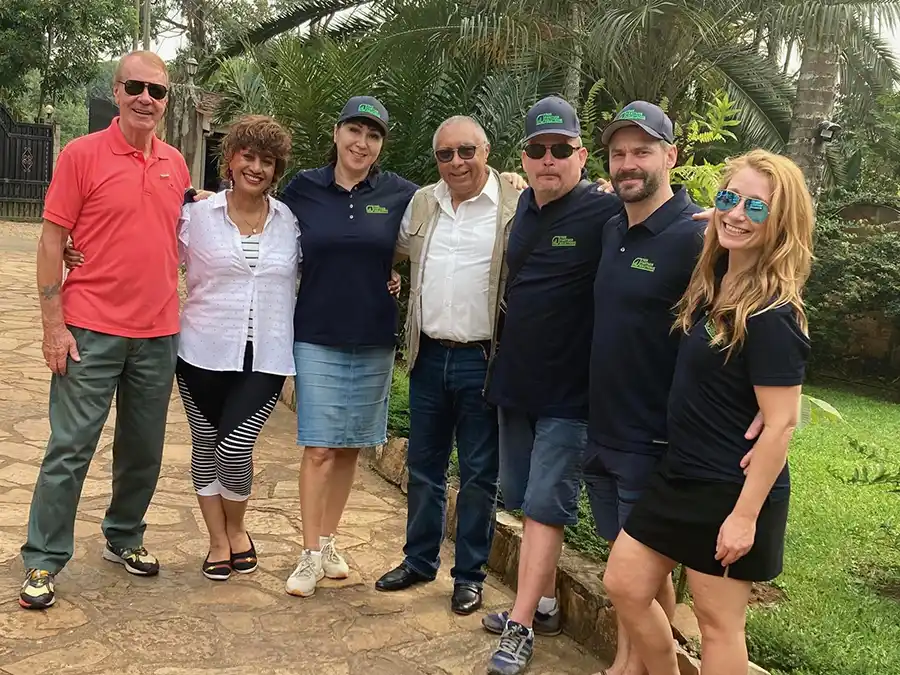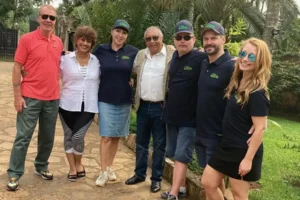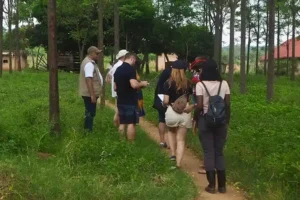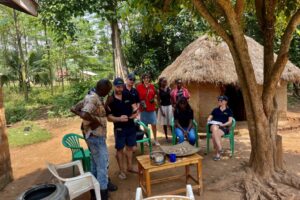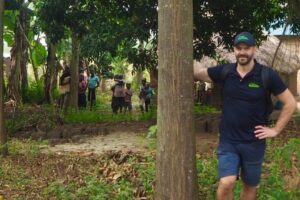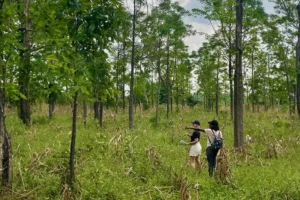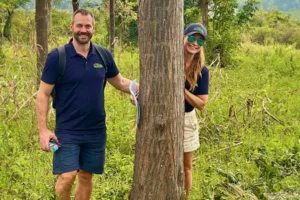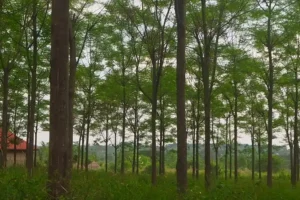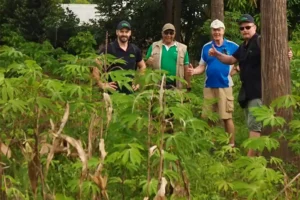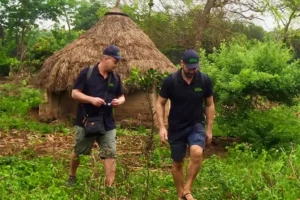Visiting Uganda
In January 2024, the Board of Directors of Tree Partner Solutions (TPS) visited Uganda and Better Globe Forestry (BGF).
In their monthly newsletter from Miti magazine / The Tree Farmers Magazine for Africa, BGF reported on our visit.
Below is a summary of the BGF’s text of the newsletter
BGF receives prominent visitors in Uganda.
The year started great for BGF with a visit from Tree Partner Solutions (TPS) from Sweden and a BDO1) representative at our Dokolo site in Uganda. They came to check out their trees on our farm, see our nursery, and talk to our team and the BGF bosses. The feedback was mostly good. This visit, what we’ve caught ourselves, and the changes happening in BGF made us think it’s time to look closely at what’s working and what’s not. We need to change how we grow and make money. The money we make will help us buy the stuff we need and, of course, plant more trees.
This year is big for BGF; we’ve been around for 20 years. With this milestone comes many changes, like getting new partners excited about the future. Their questions and thoughts are helping us aim higher, and we’re thankful for their help.
Audits help us see what’s good and what needs work. They’re like a wake-up call, and we’re all for using them to get better.
For BGF, it’s not just about starting to grow trees; keeping them alive and well is the real challenge, especially when working with farmers in tough areas. Not everyone wants to take this on, but we’re up for it.
The world is changing, with governments and prominent groups like the EU making new, better rules for tree planting. We’re thankful to our old and new customers for keeping us sharp, wanting us to be our best, and making us learn more about new markets, like the ones for carbon.
The visit from TPS was a game-changer. It made us think about the future and what BGF needs to do to keep up with new trends. We’re taking this very seriously.
1) BDO is a public accounting, tax and advisory firm with global presence.
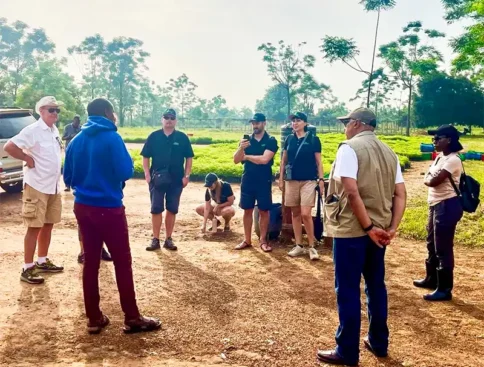
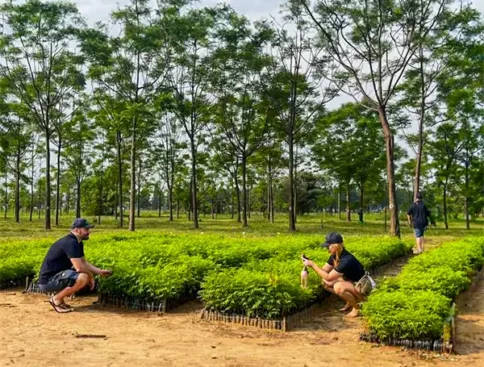
Jakob Eriksson Saternus, TPS Sustainability Manager, had these words about the board’s visit to Dokolo in January 2024.
One of TPS’s goals for the 2024 visit to operations in Uganda was to check on how the farmers care for our trees. They also wanted to see how our partner BGF teaches them to integrate the trees into Agroforestry*.
The farmers work with nature to achieve high biodiversity by combining timber trees and fruit trees. Trees for animal feed, bushes, and crops for food lead to a resilient and functioning agriculture.
Agroforestry has many benefits for the farmers, not just economic ones. It reduces erosion, increases moisture, and achieves higher carbon sequestration than traditional farming.
The trees benefit agriculture by creating shade and capturing moisture from the air. Fallen leaves generate nutrients.
Various crops and perennial plants lead to more fungal mycelium in the soil. This increases the supply of nutrients and moisture. The variations also increase the total biomass in the fields.
The most common farms are about two acres, roughly the size of two soccer fields. Farmers use the shade and cooler microclimate from the trees in a small food forest for houses and huts. The garden has timber and fruit trees like citrus, bananas, durian, and mango. It also has various plants like pumpkins, peppers, and beans. Partner farmers often grow cassava, corn, legumes, and beans in their fields.
We visited some randomly selected partner farmers in Uganda. We aimed to understand the process from nursery to planting by the farmers.
It’s a significant commitment by BGF to check the forest stock annually. They will replant as needed, such as when trees die. They will also train farmers to plant correctly and fix mistakes as necessary.
It’s an impressive effort. Regular and recurring follow-ups are necessary for profitable and sustainable forestry production. This is especially true as we start to scale up planting, focusing on the financial market as a customer.
*- Link to the FAO description of agroforestryhttps://www.fao.org/forestry/agroforestry/en/
– Link to World Agroforestry description of agroforestryhttps://worldagroforestry.org/about/agroforestry
Gallery - Some more photos from the visit
Africa - Uganda - Dokolo
